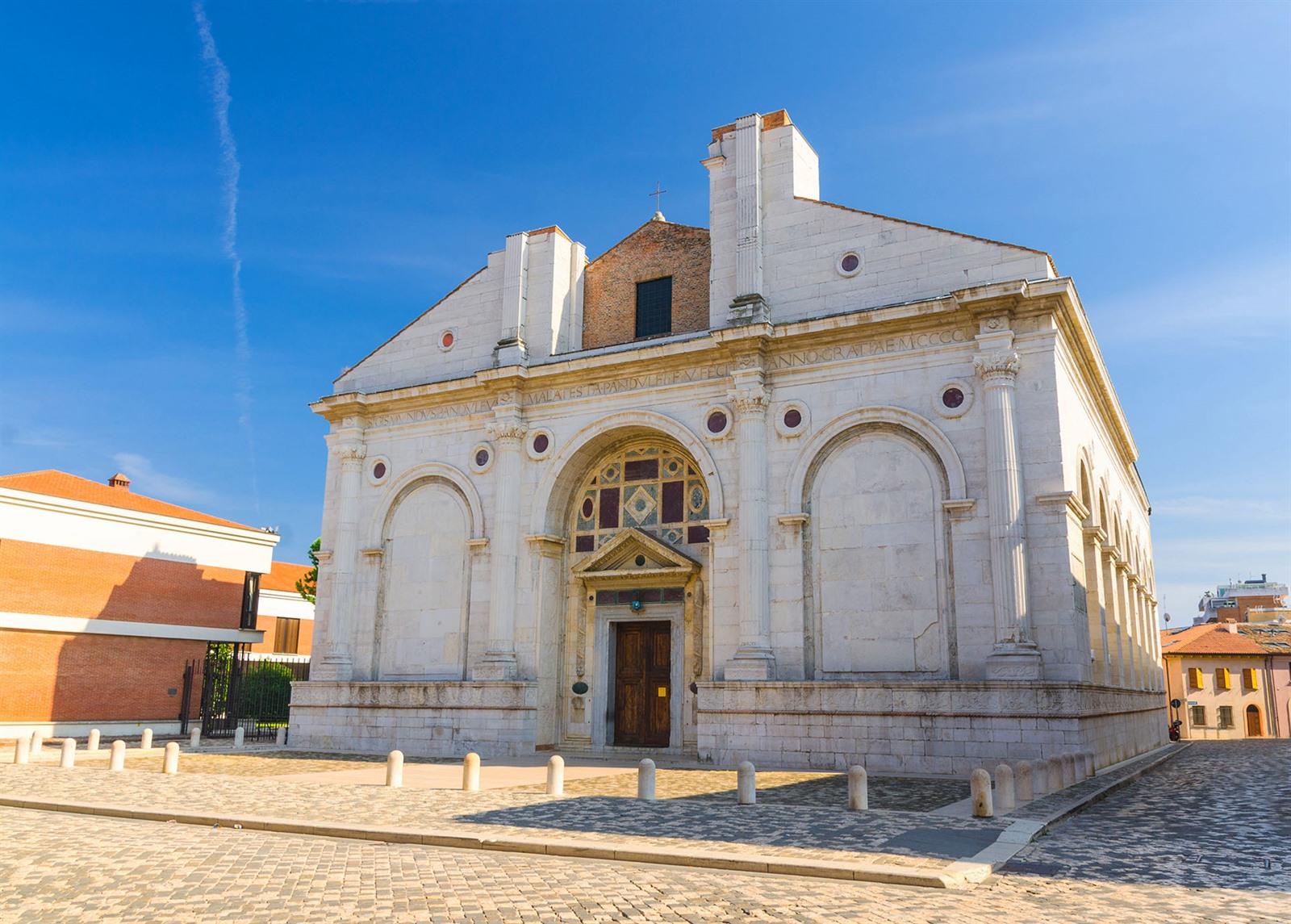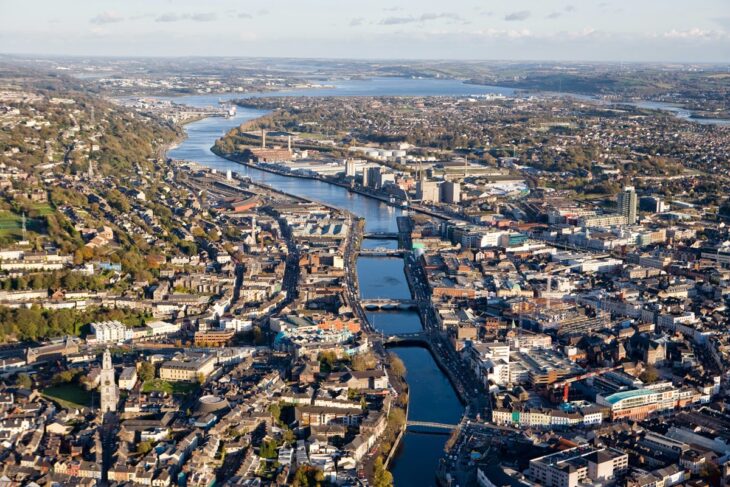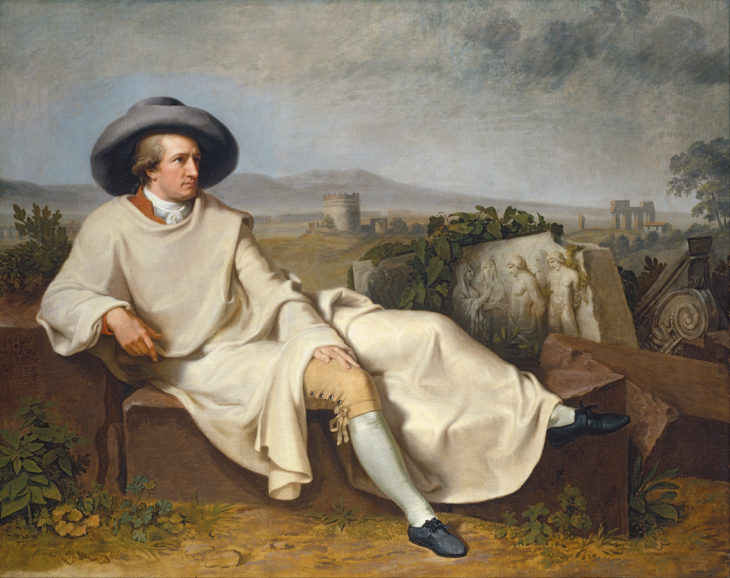Everybody knows the famous rivalry between the Montague and Capulet families or, if you will, between Romeo and Juliet.
It’s the plot of one of the most famous tragedies in the world composed by William Shakespeare between 1594 and 1596; in Rimini, on the other hand, in the 400s there was a long rivalry between two other noble families: the Malatesta, lords of Rimini and Fano, and the Montefeltro, dukes of Urbino.
But let’s see what happened: Sigismondo Pandolfo Malatesta, born in Brescia in 1417, was an enlightened, educated, passionate but also unscrupulous and strong man, as well as a very skilled strategist with precocious military aptitudes.
Orphaned as a child, he moved with his two brothers to Rimini under the protective wing of his uncle Charles, who, lacking heirs, included them in his court and obtained their legitimacy to power. He was the most important leader of Romagna in the Renaissance era and the last true powerhouse of the Malatesta family: led by Sigismondo, Rimini became a refined court and a prestigious cultural center.
Federico da Montefeltro, on the other hand, became lord of Urbino at the age of 22 in 1444 and ruled his lands until his death in 1482. Federico also had a very strong aptitude for war and was a cultured and enlightened man, who made the court of Urbino an environment of European renown by hosting the greatest intellectuals of the time.
The main area of confrontation between the two leaders consisted of the territories of what is now lower Romagna and Marche, which Sigismondo did not want to give up. For about twenty years they fought each other between battles, truces and duels until in 1463 Federico, with the support of Pope Pius II who had always been opposed to the Malatesta, succeeded in defeating his historical rival, who lost all his dominions, retaining only Rimini until his death in 1468.
To follow in his footsteps and discover the legacy Sigismondo left in Rimini, we can visit both Castel Sismondo and the Malatesta Temple.
Works on Castel Sismondo, also called Rocca malatestiana, begun in 1437 and were completed in 1446; it was designed and conceived by Sigismondo himself: surrounded by a moat with the towers facing the city for defensive purposes, a symbol of the power of the Seignory, as well as a dwelling it was conceived as a fortress to represent the power and supremacy of the Malatesta family.
The Malatesta Temple, on the other hand, today also called Rimini Cathedral, was begun in 1447 and conceived as a triumphal temple to celebrate the Malatesta family, who chose it as their burial chapel.
The temple was never completed due to their decline, but inside you can admire two priceless masterpieces: a fresco by Piero della Francesca and the painting Crucifix of Rimini, created by Giotto in the 300s.
These are therefore two must-visit stops for those in Rimini like the many teachers and students from all over Europe that our Sistema Turismo agency, with 30 years’ experience, is really happy to welcome during their Erasmus+ work placement.
Written by Anna Carla Ronchi



















